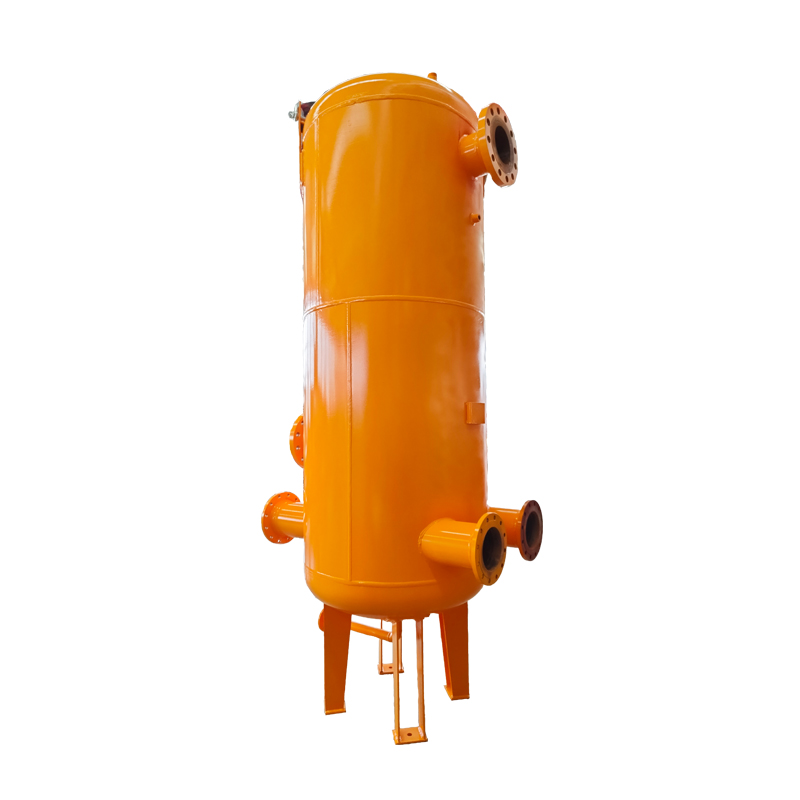
Sep . 19, 2024 08:25
Back to list
natural gas regulator
Understanding Natural Gas Regulators Importance and Functionality
Natural gas plays a critical role in our daily lives, powering homes, businesses, and industries. To ensure the safe and efficient delivery of this energy source, natural gas regulators are essential components of the distribution system. These devices control the flow and pressure of natural gas from pipelines through to end users, maintaining safety and reliability in the gas supply.
What is a Natural Gas Regulator?
A natural gas regulator is a mechanical device that reduces the high pressure of gas in pipelines to a level that is safe and usable for consumer applications. The gas enters the regulator at high pressure, and as it passes through the device, the regulator reduces this pressure to a predetermined level, which is typically about 7 inches of water column for residential consumers. By performing this pressure reduction, regulators help to protect appliances from damage due to excessive pressure and ensure that the gas flows steadily to gas-powered equipment.
Types of Natural Gas Regulators
There are several types of natural gas regulators, primarily classified into two categories first-stage regulators and second-stage regulators. First-stage regulators are found at the main distribution point where gas is first delivered to the entire network. They reduce the pressure from the transmission pipeline down to a medium-level pressure suitable for distribution. Second-stage regulators work further down the line, reducing that medium pressure to a low pressure that is safe for end-use.
Another classification is based on their control mechanisms. There are manual regulators, which require manual adjustments, and automatic regulators, which adjust pressure in response to changes in demand. Automatic regulators are especially important in fluctuating usage scenarios, such as during peak consumption times.
natural gas regulator

Importance of Maintaining Natural Gas Regulators
Regular maintenance of natural gas regulators is crucial for safety and efficiency. Over time, regulators can wear out or become clogged with debris, leading to pressure imbalances that can cause leaks or equipment failures. Routine inspections help to identify any potential issues before they escalate, ensuring a consistent and safe gas supply.
Furthermore, understanding the operation of gas regulators enables consumers to make informed choices regarding their heating systems or gas-powered appliances. Properly functioning regulators improve energy efficiency, making them an essential part of energy management in both residential and commercial settings.
Regulatory Compliance and Safety Standards
Natural gas regulators are governed by strict safety standards and regulations to ensure public safety. In many countries, regulatory bodies oversee the installation and maintenance of these devices to minimize risks associated with gas distribution systems. Compliance with these regulations helps to prevent accidents, such as explosions or fires, safeguarding both property and lives.
Conclusion
Natural gas regulators play a vital role in the safe and efficient delivery of gas energy. By controlling pressure and flow, they protect consumers and ensure the smooth operation of gas-powered appliances. As we increasingly rely on natural gas for energy needs, understanding the importance and functionality of regulators becomes essential for both users and service providers. Regular maintenance and adherence to safety regulations are key to maximizing their performance and ensuring a safe energy future.
Latest news
-
Safety Valve Spring-Loaded Design Overpressure ProtectionNewsJul.25,2025
-
Precision Voltage Regulator AC5 Accuracy Grade PerformanceNewsJul.25,2025
-
Natural Gas Pressure Regulating Skid Industrial Pipeline ApplicationsNewsJul.25,2025
-
Natural Gas Filter Stainless Steel Mesh Element DesignNewsJul.25,2025
-
Gas Pressure Regulator Valve Direct-Acting Spring-Loaded DesignNewsJul.25,2025
-
Decompression Equipment Multi-Stage Heat Exchange System DesignNewsJul.25,2025

